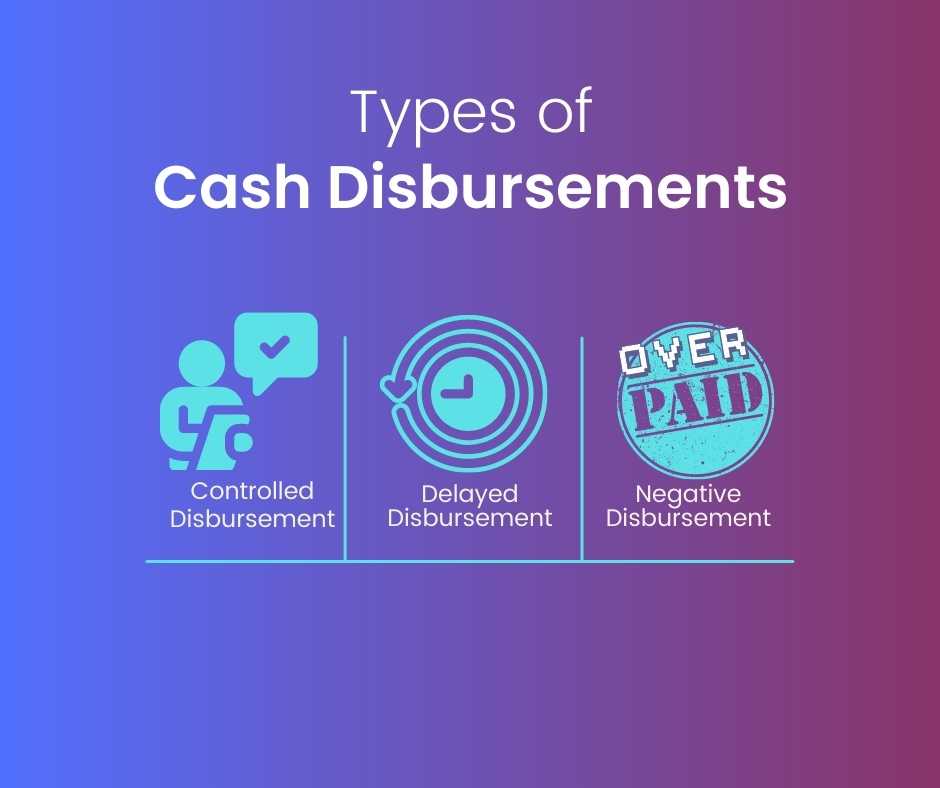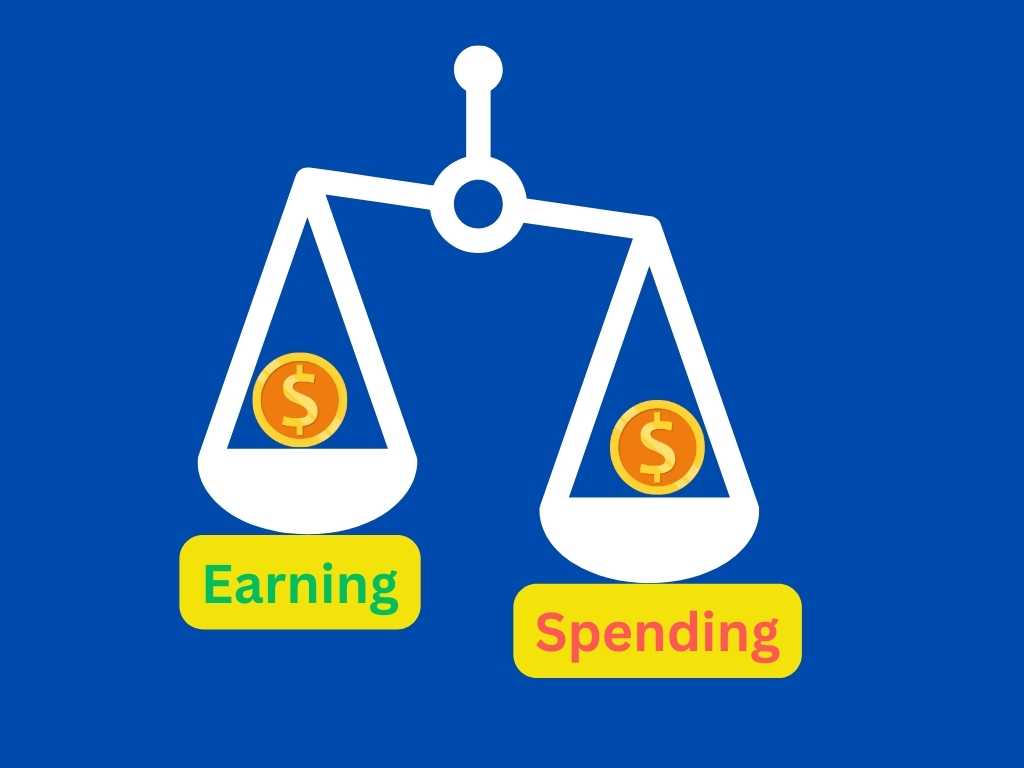What Is Cash Disbursement In Accounting?
Cash disbursement refers to the distribution of cash from a company’s funds or cash reserves to meet its financial obligations.
Cash disbursements are recorded in a company’s cash disbursement journal or ledger, which provides a detailed record of all financial transactions involving cash payments. The record includes the transaction date, the amount paid, the recipient, and the payment purpose.
What’s covered in the article
Maintaining accurate records of cash disbursements is crucial for small business owners as it helps them understand their expenses and plan accordingly. A cash disbursement journal also allows them to identify potential areas for cost savings and free up cash for investment in growth opportunities.
Types of Cash Disbursements

By understanding the different types of cash disbursement, businesses can develop effective strategies to ensure adequate liquidity and timely cash receipts.
Controlled Disbursements
The controlled disbursement practice is a feature that banks offer to corporate clients where companies schedule payments to maximize the interest earned on a company’s account.
Companies manage their cash flows more effectively by reviewing and approving payment requests daily. The technique allows businesses to delay payments and retain excess funds in their accounts for as long as possible, maximizing the available cash for investment or debt payments.
The controlled cash disbursement method is typically used by larger companies with significant cash reserves to manage their cash flows better and to invest their funds in other financial instruments.
Delayed Disbursements
Delayed disbursements involve holding onto funds for a longer period in the company’s checking account before releasing payments.
The purpose of delaying payments is to keep funds in the checking account for as long as possible to maximize the interest earned on the account.
Smaller companies typically use delayed cash disbursement to manage their cash flow and ensure they have sufficient funds to cover expenses.
Negative Disbursements
It is a type of cash disbursement practice that refers to situations with an overpayment or credit balance on a vendor account. It means that the vendor owes the company money rather than the company owing the vendor money.
For example, suppose a business pays an amount exceeding the charges for a service and later gets a refund for the excess money paid. In that case, the refund is documented as a negative disbursement in the company’s accounting records.
The negative balance may be recorded as a credit balance in the accounts payable account. The opposite of this transaction would be a debit balance in the vendor account which will be treated as positive disbursement.
Examples of Cash Disbursement
- Operating expenses: Regular and ongoing financial expenditures like rent, utilities, employee wages, and office supplies.
- Capital expenditures: Expenses incurred to acquire or improve fixed assets, like equipment, machinery, or real estate, that provide long-term benefits to the business.
- Loan payments: Business loan payments or other forms of debt the business takes.
- Taxes: Payments to fulfill tax obligations of the business, such as income taxes, sales taxes, or property taxes.
- Dividend payments: Payments to shareholders as a distribution of profits the business earns.
- Investments: Payments to acquire stocks, bonds, or other securities to earn profits for the business.
How to Create a Cash Disbursement Journal?
Creating a cash disbursement journal can be a straightforward process; the level of detail and accuracy can significantly impact tracking the cash outflows.
By incorporating columns such as date, impacted ledger accounts, check numbers, cash amounts, credit-control accounts, taxes paid, and specialized transaction types (e.g., advertising, wages), the cash disbursement journal can provide a comprehensive view of the business’s cash payments.
A cash disbursement journal typically includes the following components:
- Date
- Payment method (cash payment, check, electronic funds transfer)
- Check number (if applicable)
- Payee
- Purpose of transaction
- Disbursed amount (debit or credit)
- Accounts involved
- Cash balance (after the payment is made)
Cash Disbursement Journal Example
A company makes the following cash disbursements in a given month:
- Rent payment of $2,000 by check to the landlord
- Utility bill payment of $500 by electronic transfer to the utility company
- Office supply purchase of $100 by credit card from an office supply store
Here’s how you would record these transactions in a cash disbursement journal:
|
Date |
Payee |
Purpose |
Amount ($) |
Payment Type |
|
01/03/2022 |
Landlord |
Rent payment |
2000 |
1254 |
|
10/03/2022 |
Utility Company |
Utility bill payment |
500 |
EFT-2301 |
|
15/03/2022 |
Office Supply Store |
Office supplies purchase |
100 |
Cash |
Record all details for all journal entries in the cash disbursements journal, such as the payee’s name, the purpose of payment, and any additional notes or comments. It will ensure accurate record-keeping and simplify analyzing the company’s cash flow.
Why do You Need It?
Every business, small and large, needs to maintain a cash disbursement journal as it plays a critical role in keeping track of the cash flow for businesses. If a company has more cash going out than coming in, it could be a warning sign that the business is facing financial difficulties.
The cash disbursement journal also helps identify different payment methods and distinguish between disbursed and undisbursed funds. It provides a clear picture of the company’s cash flow status, which is especially important for small businesses that should closely monitor operating costs.
A cash disbursement journal is useful for day-to-day cash management and in situations such as audits or financial reviews where a clear record of all cash payments is needed.
Conclusion
Cash disbursement journals are used to track all cash payments made by a company, including expenses, payroll, and other disbursements. Accurate record-keeping is important for financial reporting and budgeting to keep track of the cash flows.
Using cloud-based accounting software like Akounto helps to accurately record, organize and maintain the financial records of a business, including a cash disbursement journal.











